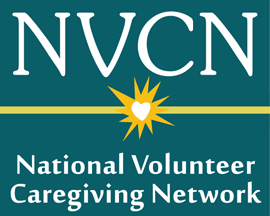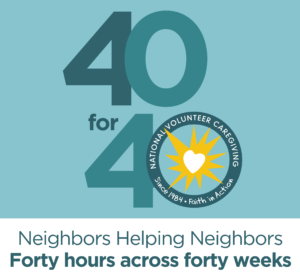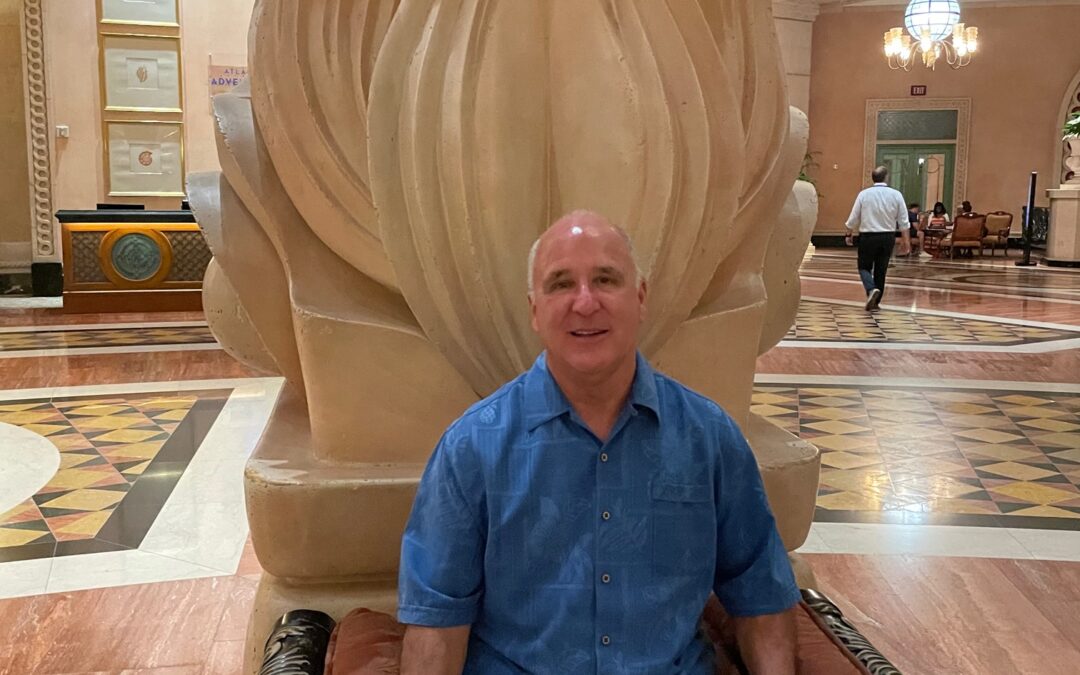

Who is a Volunteer Caregiver?
Volunteer caregivers come from all walks of life and all ages to assist those who need extra help with mowing the lawn, putting up holiday decorations, or holding their hand when they most need it. Many seniors, for example, no longer have family or friends and rely on volunteer caregivers to assist them with everyday tasks. This kind of caregiving is non-medical and non-professional care such as bathing, but neighborly deeds, which is greatly needed as the country grows older every year.
Give 40 Hours Over 40 Weeks
 This year marks the 40th anniversary of neighbors helping neighbors through the National Volunteer Caregiving Netowrk. An estimated 350,000 volunteers are currently serving this mission across the country. In celebration of 40 years, NVCN is recruiting new volunteer cargivers to give one hour per week over 40 weeks, with the goal of reaching ONE MILLION hours of service by the end of 2024, as part of our 40th Anniversary celebration.
This year marks the 40th anniversary of neighbors helping neighbors through the National Volunteer Caregiving Netowrk. An estimated 350,000 volunteers are currently serving this mission across the country. In celebration of 40 years, NVCN is recruiting new volunteer cargivers to give one hour per week over 40 weeks, with the goal of reaching ONE MILLION hours of service by the end of 2024, as part of our 40th Anniversary celebration.
Jerry Quell, Volunteer Caregiver at Interfaith Volunteer Caregivers MI
I started as a volunteer caregiver two and a half years ago following my retirement after working 37 years for Chrysler Corporation. I am recently widowed, my wife’s passed away in 2020, I was looking to do something meaningful with the time I have and give back to the community when I came across Interfaith Volunteer Caregiving (IVC) mentioned in the church paper. I called IVC and they presented me with multiple caregiving options in support of seniors and I chose to be an on-call volunteer caregiver. I went through the training process and was ready to start volunteering soon after.
On-call caregiving code mean providing a different service every time, whether giving a senior in need a ride to the doctor or helping them with yard work like trimming bushes or raking leaves. I receive a call every couple of weeks from Interfaith when someone close by needs help, and if I have the time, I will gladly accept the assignment, and if I am busy, I let them know that I cannot and that is fine. In fact, right before this interview, I gave a ride home to a senior after their dentist visit and, on the way, we stopped by the supermarket.
What I like about volunteer caregiving is the flexibility and convenience especially because I am a busy individual with my activities like golf, pickle ball and being with my kids. I appreciate that I can help people often close to my residence and only when I have the capacity which makes the commitment agreeable. It is impactful as most of the people are struggling financially and they are very grateful for the help. Volunteering is a good way to give back to the community.
Give 40 Hours
Sign up to give 40 hours and become a volunteer caregiver.
Share Your Story
Check out all the ways you can show your volunteer efforts. Find full instructions on how to share your experience on Social Media.
Volunteer Training
Take our signature volunteer training to get a foundation for being a volunteer caregiver.
1765 Goodyear Avenue, Suite 204
Ventura, CA 93003
Email: info@nvcnetwork.org
501(c)3: Tax ID 26-2650290
Copyright 2023 National Volunteer Caregiver Network2650290